As one of the few men's toilets in the world that lined up more than women's toilets, CES2017 ended in an unexpected event. CES is the world's largest consumer electronics show, and it is also an important stage for major technology giants to promote their own black technology, and is known as the annual event of the scientific and technological community. This year, CES naturally also lives up to expectations, and people can feast their eyes on VR, automobiles, televisions and many other electronic technologies. Especially in the field of VR interactive tracking, various major manufacturers have made efforts. HTC VIVE launched a smart headband and tracker, Intel brought an integrated VR head Project Alloy, Realis shows its latest optical motion capture system device RTS4000. Under heavy products, there is bound to be hidden winds. The latest product demonstrations by several major technology giants also indicate their latest predictions on the new enthusiasm of the VR industry: Interactive tracking will become the key to the VR industry. Can only see can not interact, you may have bought a fake VR With the rapid development of the VR industry in 2016, more and more VR devices have been implemented from the concept to the products, and they have truly achieved the goal of “flying into the homes of ordinary people.†However, the corresponding VR market is not only not fire, but in the opposite direction. Cold, in stark contrast to everyone’s strong anticipation, is eye-popping. According to SuperData, a well-known market data analysis agency, PlayStation VR sold 750,000 units in 2016, but this is also the same institution. It was predicted that PlayStation VR will sell 2.6 million units in early 2016. Correspondingly, in the middle of 2016, the North American electrical retail giant Bsetbuy closed nearly half of the virtual reality device experience stations, including PS VR and Oculus. Consumers voted on their own feet and poured cold water on the entire technology industry. What is the face of SuperData and Bsetbuy, what is wrong with the current VR device? In fact, it is also simple, that is, VR is really "too fake." Although VR development in 2016 solved the problem of “looking at VRâ€, it actually made a very important mistake: only “seeing†is actually isolating the user from the surrounding environment, which is contrary to a new one. The basic element that science and technology should prevail: sociality. Looking back at the new technologies that have been born over the past few decades, regardless of e-mail or social media, their success is based on meeting the basic human needs of socialism. The current VR devices only allow players to see the virtual world, and at most they can also have limited activities in a very small area. Compared to the literal meaning of "virtual reality," it is too fake to be too playful. Now. Of course, this can not blame the major VR devices, because with the current technology, but also to meet people to see the virtual world, but also to meet people can move in a larger space, which requires VR devices have more advanced large-space motion capture technology. At present, the mature application of this technology is only in the hands of a few companies around the world. The current popular VR devices on the market do not have access to relevant technologies, and naturally they are unable to realize the true potential of VR. Eventually, it is expected that the VR devices will be cold in the market. Which one is strong for opening VR? Now we have to rely on optical motion to capture After all, what exactly does motion-capture technology mean? Why is it so important to VR? Simply, motion-capture technology is like the eyes of VR. Through this pair of eyes, VR can see what you are doing in the real world, and then it is based on what you see. In the virtual world, you can truly restore your movements, and finally you will feel how you move in the real world. You can also move in the virtual world, so that you will not feel "false" and you will not feel a play. The motion capture of these eyes is also the degree of vision. At present, mainstream VR devices on the market support people to perform small-scale activities in front of the device and belong to highly myopic eyes with a visual acuity of 1.0. If you want to open your eyes to VR, you have to rely on the "big space motion capture technology" mentioned above. Currently, there are two main motion capture technologies: inertia-based motion capture and optical motion capture. There are also non-mainstream motion capture technologies based on sound localization, but at present, it is still in the experimental stage. The technical level is not mature enough, and the future prospects are currently unpredictable. However, real-world precision positioning can only be achieved with optical motion capture. One of the inertial motion captures is simply the movie special effects production technology that was frequently seen on television in previous years: people wear equipment with dozens of sensor units, and then let the machine sense the human motion trajectory through the sensor, and finally on the computer. Count it out. This approach can only capture people's gestures. It cannot be combined with virtual space scenes and can only stay in the movie industry. Optical motion capture technology is currently the only technology that can truly achieve "large space motion capture." In other words, it is the only mature solution that can effectively improve VR vision. To explain the principle of optical motion capture, simply put the camera to act as the computer's eye, the camera can see how far, the calculator's vision can naturally be how far away. However, although the principle is simple, it is not easy to achieve. In order to truly achieve accurate motion capture in a large space, people need to observe (track and position) people from different angles through multiple high-speed cameras, and at the same time, determine the trajectories of various parts of the human body and finally reproduce them in the machine. This not only requires the hardware requirements of the camera, but also requires the creation of a computer system that can recognize the precise motion of the human being and can accurately analyze the images captured by each camera. The optical motion capture technology is reliable, high precision, can monitor a large range, and does not need to wear complex equipment, is extremely suitable for civilian promotion, which also provides a reliable solution for the popularization of large-space VR technology. People proud of optical motion capture technology Realis top Optical motion capture technology is so powerful in the role of computers as eyes, and closely related to the practical application of future trends in the VR industry. What are the top industry companies currently? The current global leading foreign companies have : Vicon, OptiTrack, etc. Among them, Vicon is the oldest. Founded in 1984 in Oxford, England, it has accumulated more than 30 years of experience in motion capture. Due to its early start and early technology monopoly, its related products highlighted an “expensive†character, frequently requiring millions of space projects. It is not something ordinary people can afford. OptiTrack is a rising star and was established in 1996. After 10 years of chase, it has become the world's largest supplier of motion capture equipment, but the price is still not cheap. In addition, the Realis, which was established in 2015, is a junior in the field of optical motion capture. However, only one year has passed, and it has reached the world's leading level, catching up with the predecessors of the industry, and has attracted widespread attention. From its place of registration, Realis turned out to be a Chinese company based in Shenzhen. It is reported that ReliVision independently developed an optical motion capture system RTS based on its own intellectual property rights, and the RTS4000 optical motion capture camera, which received a lot of attention this year at CES2017, is the latest generation of Realis products. RTS4000 has obtained a number of international patents for inventions, and its technical parameters have reached the world's best level. Performance is the same level as Prime 41 motion capture camera of OptiTrack's top product, and there is a natural advantage of domestic products in terms of price: Large space in VR. In the deployment plan, the cost of the equivalent plan is only half of the price of the competitor. There is reason to believe that Realis's price will become a good soil for VR motion capture and provide a boost for the development of VR industry. Conclusion: The VR concept has not been too strange since it puts a big deal of heat into the current market cooling. Baidu VR (micro-signal: BDVRbbs) learned from the industry that the influx of capital from the wearable to the driverless car in the technology industry is bound to create a seemingly extremely prosperous scene. Only when it has passed, everything is calm, and practitioners can awake in the dream of capital and find a way to break the road. Only in this way can a brand new breath be formed. At CES 2017, the major technology giants have already found a new enthusiasm for the VR industry. As for how to break the future, let's wait and see. MPPT Controller,Mppt Solar Inverter,MPPT Solar Controller,MPPT Solar Charge Controller Jinan Xinyuhua Energy Technology Co.,Ltd , https://www.xyhenergy.com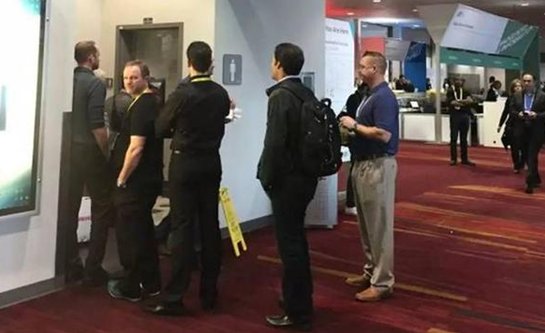
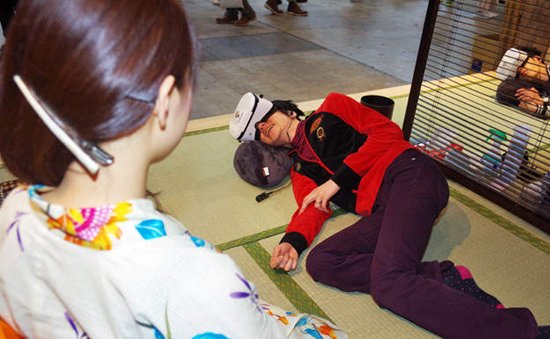

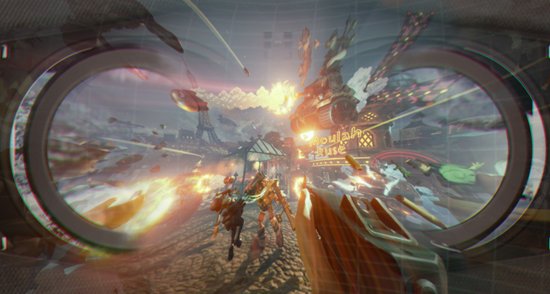
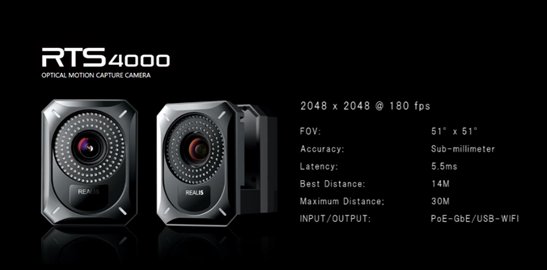
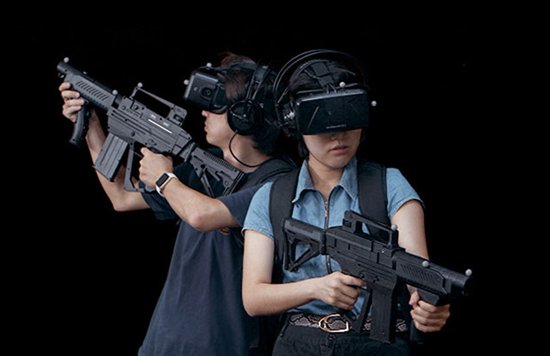
2017 science and technology trend interaction will become a new outlet for the VR industry!
â–¼
2017 science and technology trend interaction will become a new outlet for the VR industry! From Baidu VR